Granite is an igneous rock composed of mainly of two minerals: quartz and feldspar. It is an invasive rock, which means that it crystallized from magma that has cooled far below the Earth’s surface.
Image source: https://search.creativecommons.org/photos/c69f8dc9-4d79-43ed-a7d5-f098ff19a34d by James St. John
What is Granite?
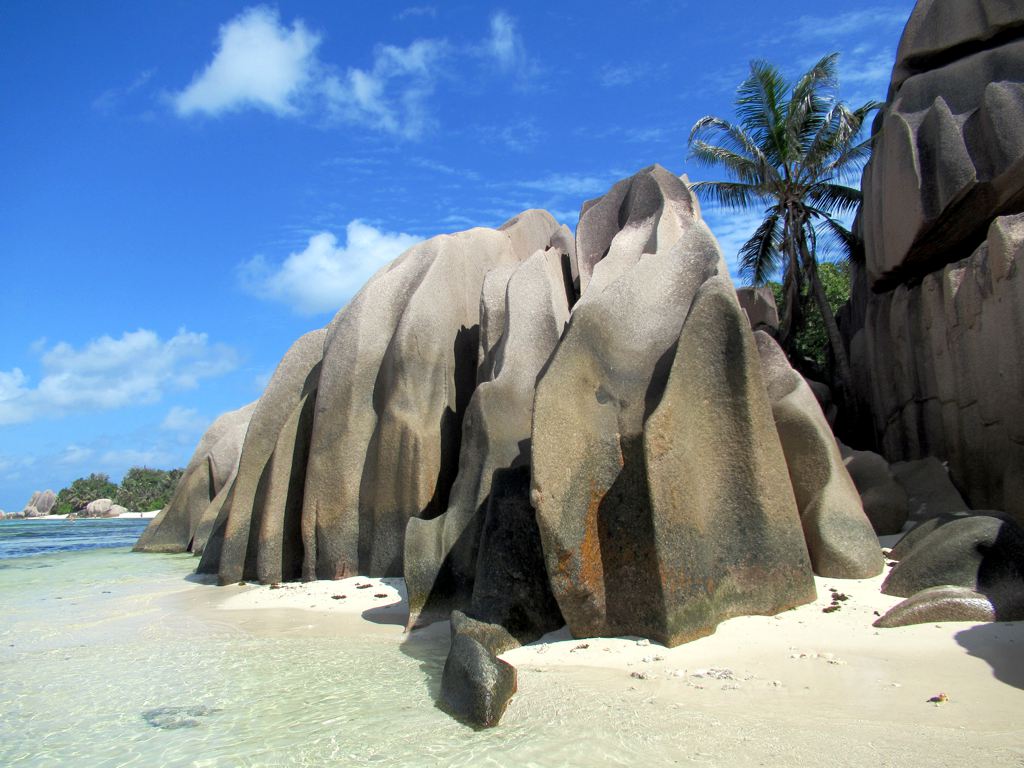
Image source: https://search.creativecommons.org/photos/1c9805c2-a6e5-4471-90d6-c2eadf63206c by D-Stanley
Granite is a light-colored igneous rock with grains large enough to be visible with the unaided eye. It forms from the slow crystallization of magma below Earth’s surface. Granite is composed mainly of quartz and feldspar with minor amounts of mica, amphiboles, and other minerals. This mineral composition usually gives granite a red, pink, gray, or white color with dark mineral grains visible throughout the rock.

Image source: https://en.wikipedia.org/wiki/Granite#/media/File:Various_granites.jpg
How does Granite form?
Given the abundance of granite, geologists still have many questions about how it forms. It comes from molten rock, but where does all that magma come from? And how much underground has the magma crystallized?

Image source: https://sites.google.com/site/ggvogel/granite
At the moment the most accepted idea is that granite magma originated from a mechanism called partial melting, in which rocks of very different compositions melt in phases and the initial magma is enriched with the minerals that melt first. But it remains unclear whether this happens in the mantle or the lower lithosphere. Regardless of where the magma formed, it likely migrated upward before collecting in large magma chambers before cooling and solidifying.
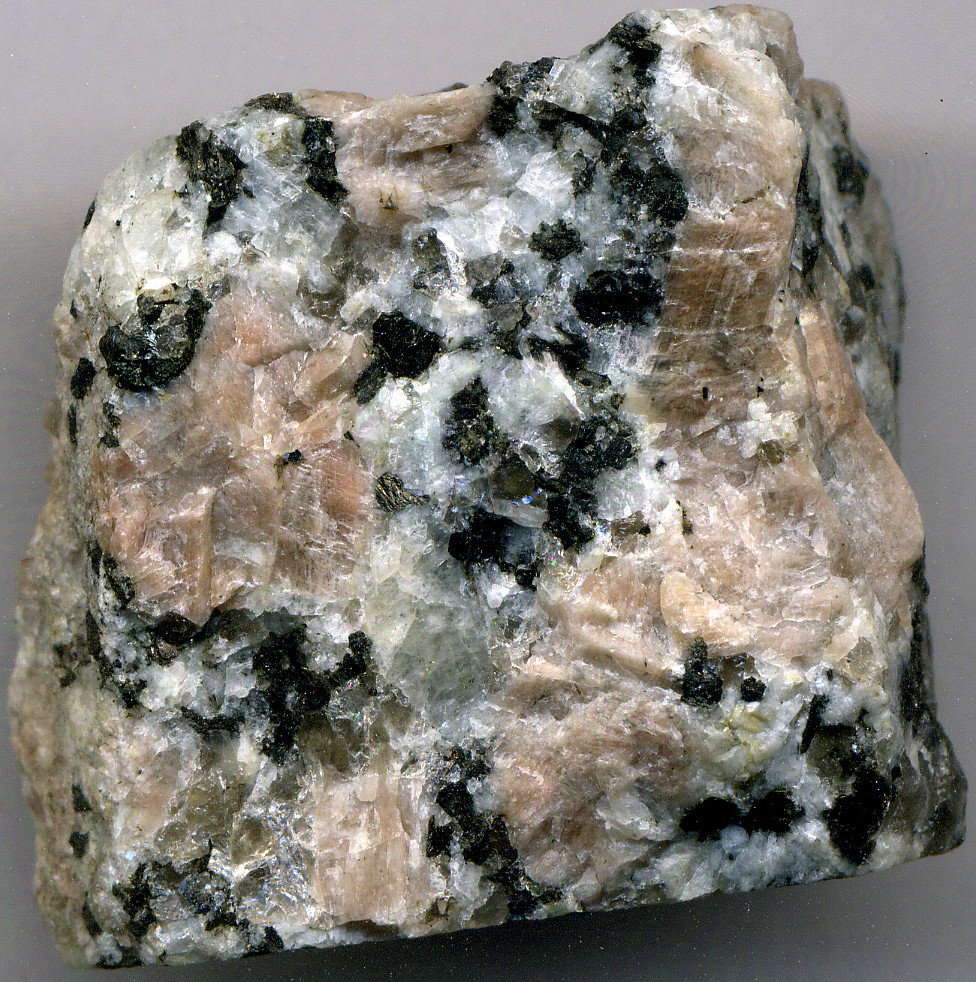
Image source: https://search.creativecommons.org/photos/71e6fbb7-1649-46e4-bfd1-15e507153fce by James St. John
What are the types of Granite?
- Top First Quality stones have no natural flaws such as cracks, large veins that do not belong in the particular type of stone, and large rocks that do not match the stone. First-quality stones are known to have a very consistent pattern and color running through the entire piece. The surface will be free from any defects that can be prevented, and the durability of the stone will be the strongest.
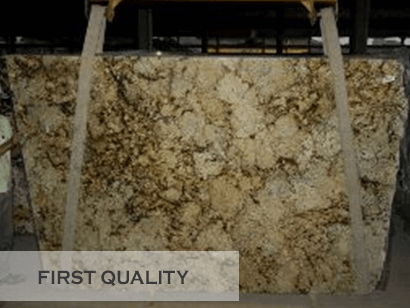
- Top Star Granite 2nd Quality stones have natural veining that might make the presentation look inconsistent. There may be small to medium rocks in the stone that do not match the pattern and there may be small cracks somewhere near the edges of the stone. Some stones that are considered second quality will have a less consistent surface texture or pattern. These stones can be used by fabricators who can and would be willing to work around any natural flaws.
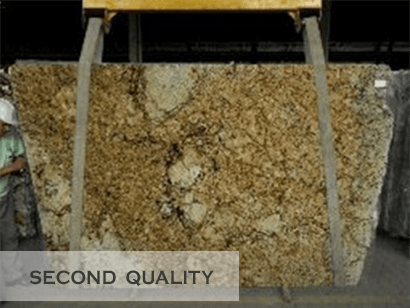
- Top Star Granite 3rd Quality stones may be seen with lots of natural veining that does not match the surface or can be seen with large rocks that stand out and do not look consistent with the rest of the material. Commercial quality also may have a completely different look from one side to the other, making it difficult to fit multiple pieces together. This quality type is best used in areas that will only be using small pieces that can work around the multiple flaws and that is intended for a very low price.
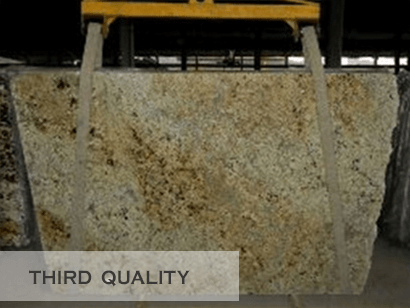
Images source: http://www.superiorgranite.com/quality-of-granite/
What are the stage of Granite working?
- Quarrying: Because of the structure of granite, it is never quarried by blasting because this would shatter the granite. Two methods; Drilling and Jet Piercing, are used to cut the granite out of the quarry.
- In Drilling, vertical holes are drilled about one inch apart to the desired depth (up to 20 feet), and the granite remaining between the holes is later removed by secondary drilling.
- In Jet Piercing, a high-velocity 4,000 degrees flame like a blow torch is directed at the granite to be removed, causing a continuous flaking action.
- Sawing: Most granite blocks taken from the quarries are cut into slabs of varying widths by modern circular saws with industrial diamond tips.
- Polishing: Slabs of granite are polished by special machines that use either large metal discs or abrasive bricks made from silicon carbide. The polishing process produces a sparkling gloss and a finish as smooth as glass.
- Sandblasting: Beautiful designs and names can be sandblasted on the granite. A flat sheet of rubber is first placed on top of the granite, and the design is then cut out of the rubber. Fine particles of abrasive are then blown by air pressure against the monument. The abrasive cuts away the granite not protected by the rubber. The rubber is removed, leaving a beautiful design in the monument.
- Carving: Cutting granite is done with sharp chisels powered by compressed air. A carver can cut flowers, names, and many beautiful designs in granite.
- Etching: Etching is a process using either a vibrating handheld etching toolEtching – much like a wood-burning tool only with a diamond tip, or a computerized laser etching machine. This process removes the polished surface of the stone leaving a very fine line and very detailed drawing.

Image source: https://search.creativecommons.org/photos/6065b47c-9c71-4cbf-b525-7a1ab1797593 by shaire productions
What are Granite characteristics?
- HARDNESS: Based on the MOH scale of one to ten with diamonds being ten ( 10 ), most granites fall within the range of seven (7) or eight. (8) It is extremely scratch-resistant. Although Granite is durable it is not scratch-proof.
- NATURAL FISSURES: Granite contains natural fissures, which appear as cracks. These visible hairline cracks are formed during the solidification process. Earthquakes or land movement can also cause fissures. Fissures are random and will vary from one type of granite to the next.
- SURFACE PITS: Granite is polished to remove all scratches from the surface. Due to the methods currently used for finishing – abrasives and pressure in a circular motion – some small crystals will be removed leaving small voids in the surface polish. The size and frequency of this vary from stone to stone.
- COLOR VARIATION: Samples represent the general color and pattern of the color of granite only. Exact duplication cannot and will not be guaranteed. Granite, being a natural product, will have variations in color and shading. This is a unique characteristic of natural stone and is to be expected.
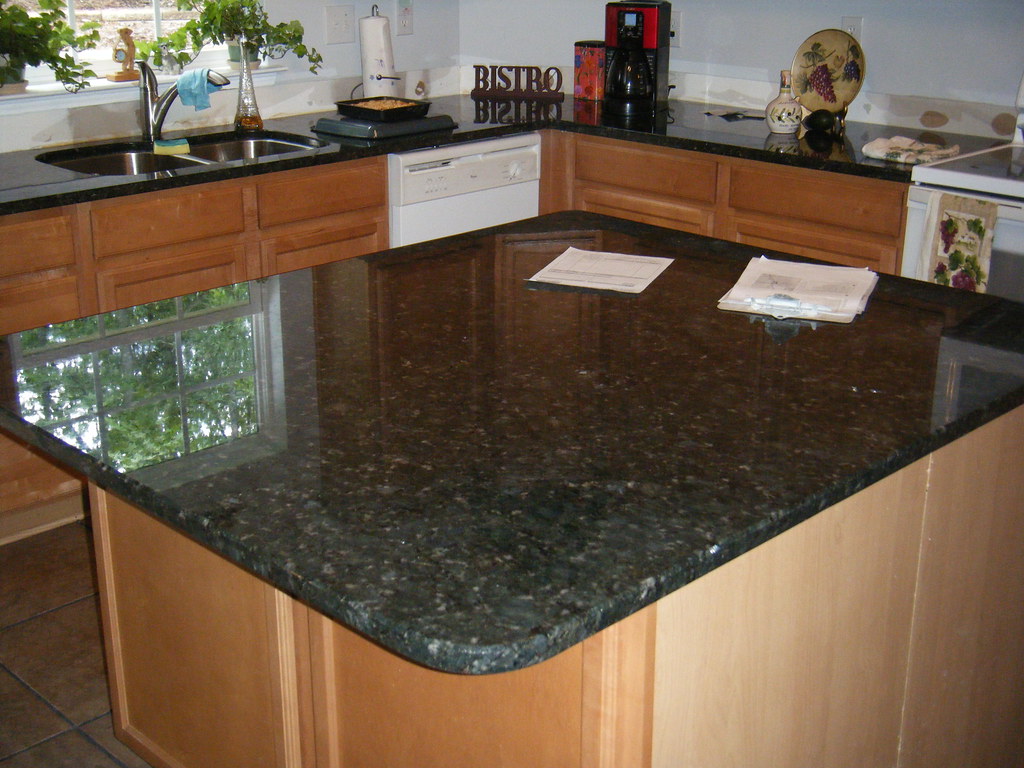
image source: https://search.creativecommons.org/photos/c0c90d57-f4c9-4693-8a18-c6cd4573157e by granite-charlotte
![THIS BLACK GRANITE SCULPTURE IS SUPPOSED TO HAVE A WATER ELEMENT [ BY EILEEN MacDONAGH]-142711](https://live.staticflickr.com/932/29896486728_ccc6708a91_b.jpg)
What is Granite used for?
Granite, like other building stones, is used for a variety of structural and decorative purposes. Typical exterior uses for granite include:
- Sculpture
- Sculpture bases
- Structural and veneer building stone
- Architectural trim
- Paving and curbstones, and
- Grave markers.

image source:https://search.creativecommons.org/photos/1d8cae29-f05b-406d-aeca-32fa5a4929df by Altus Photo Design
Some applications, especially the simpler or more limited ones, can be monolithic, however, most uses will require the joining of smaller pieces through various mechanical methods. Joining methods and techniques must be identified and evaluated as an integral part of the construction system assessment, due to the integral role of the joint in maintaining the solidity of the system.
image source: https://search.creativecommons.org/photos/b97f9a35-b7b6-4268-925d-039be01358f1 by Humphrey Bolton
info source:
https://en.wikipedia.org/wiki/Granite
https://www.britannica.com/science/granite
http://study.com/academy/lesson/what-is-granite-definition-colors-quiz.html
https://geology.com/rocks/granite.shtml

